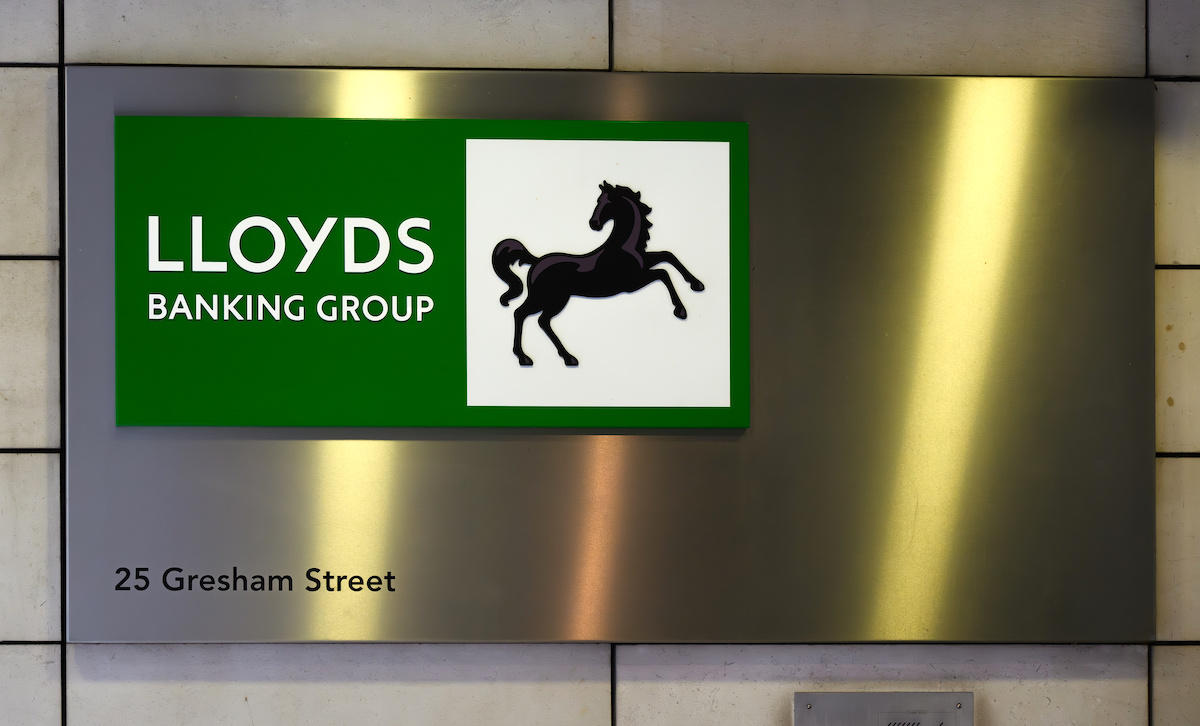The deal will allow Lloyds to expand its digital footprint, according to a Wednesday (Nov. 19) press release.
“This strategic acquisition of Curve marks another significant step forward in Lloyds Banking Group’s digital transformation journey,” Jas Singh, Lloyds CEO of customer relationships, said in a statement provided to PYMNTS. “Building on the innovative changes we’ve made to our app recently, integrating Curve’s cutting-edge technology and digital wallet capabilities will deliver a next-generation digital banking experience for our customers as we help them to take control of their finances in a simple and convenient way.”
The acquisition is slated to become final in the first half of 2026. No terms were disclosed, although a report during the summer from Sky News said Lloyds was looking to pay 120 million pounds (about $157 million) for Curve.
“It’s a partnership rooted in shared ambition to deliver next-generation banking experiences that are simpler, more personalized, and built around real customer needs,” Curve said in a Wednesday blog post. “For existing Curve customers, nothing changes. Your Curve Pay app, your wallet, your cards, your rewards—all just as they were yesterday. But with the scale, reach and trust of Lloyds behind us, we’ll be able to do more of what you love, faster.”
However, at least one shareholder is not supporting the deal.
Advertisement: Scroll to Continue
Copenhagen-based IDC Ventures, the largest external investor with 12% of Curve’s shares, questioned the sale in a statement emailed to PYMNTS:
“IDC Ventures remains deeply concerned about the conduct of Curve’s management and board during the current sale process. Issues regarding the company’s governance and ownership are disputed, and IDC is reserving all legal rights pending further developments … It is a matter of real surprise to shareholders that Lloyds Banking Group, a leading UK institution, would contemplate proceeding with a transaction that IDC believes is not in the best interests of the company or its shareholders. As such, IDC does not intend to support the proposed sale and does not believe that it is capable of being implemented without its support. IDC expects the board and any prospective purchasers to act responsibly and transparently, and will take all necessary steps to protect shareholder interests if those obligations are ignored.”
Lloyds announced in January that it planned to close 136 branches as its customers increasingly used digital means to do their banking.
“Over 20 million customers are using our apps for on-demand access to their money, and customers have more choice and flexibility than ever for their day-to-day banking,” Lloyds said at the time.
The Curve deal came as banks face increasing pressure from neobanks such as Monzo and Revolut. Meanwhile, these neobanks are themselves in the midst of an evolution.
“Neobanks are moving into fully defined banking initiatives because that is where the unit economics work, acting less like a standalone payments app and more like a modern, digital-first banking platform,” PYMNTS reported Tuesday (Nov. 18).
Monzo, for example, expanded into overdrafts, savings and subscription accounts, important drivers of recurring revenue. Revolut ventured into foreign exchange, wealth, business banking, and a tiered subscription model that has become a key revenue and profit engine.
For all PYMNTS digital transformation coverage, subscribe to the daily Digital Transformation Newsletter.

